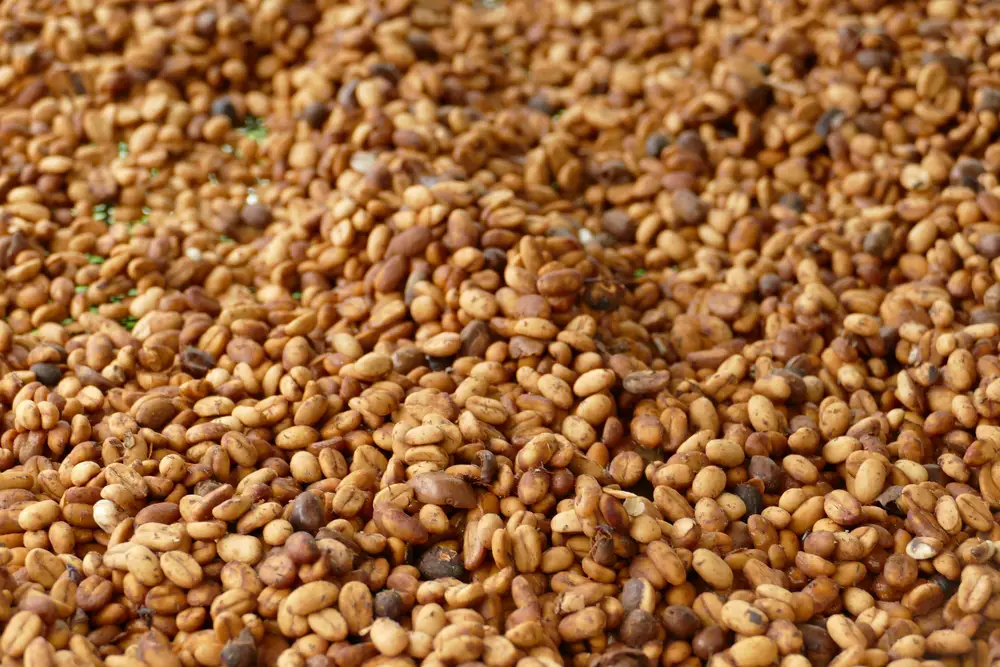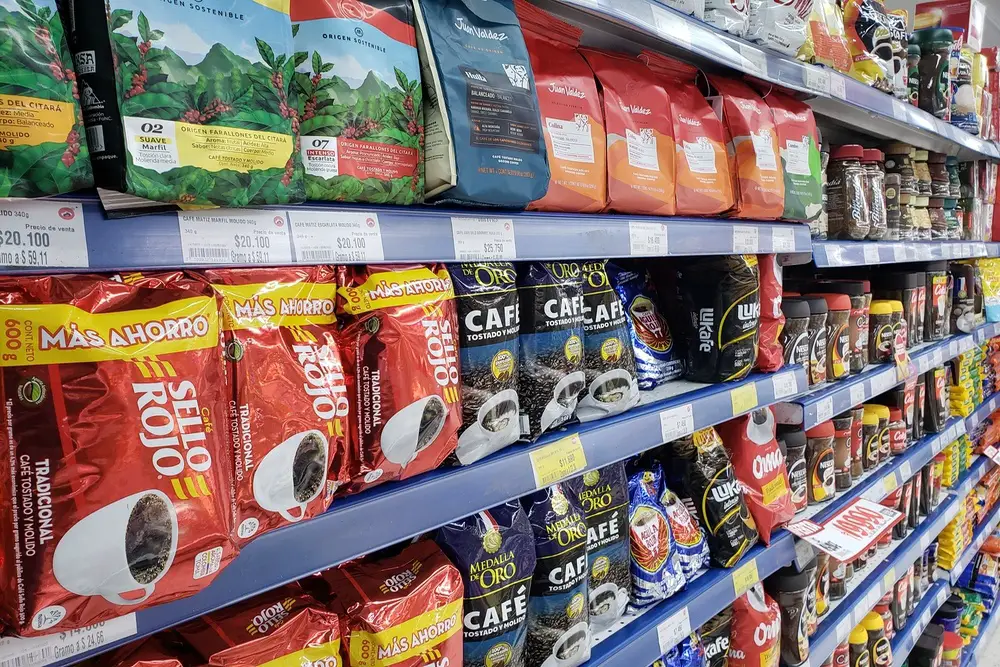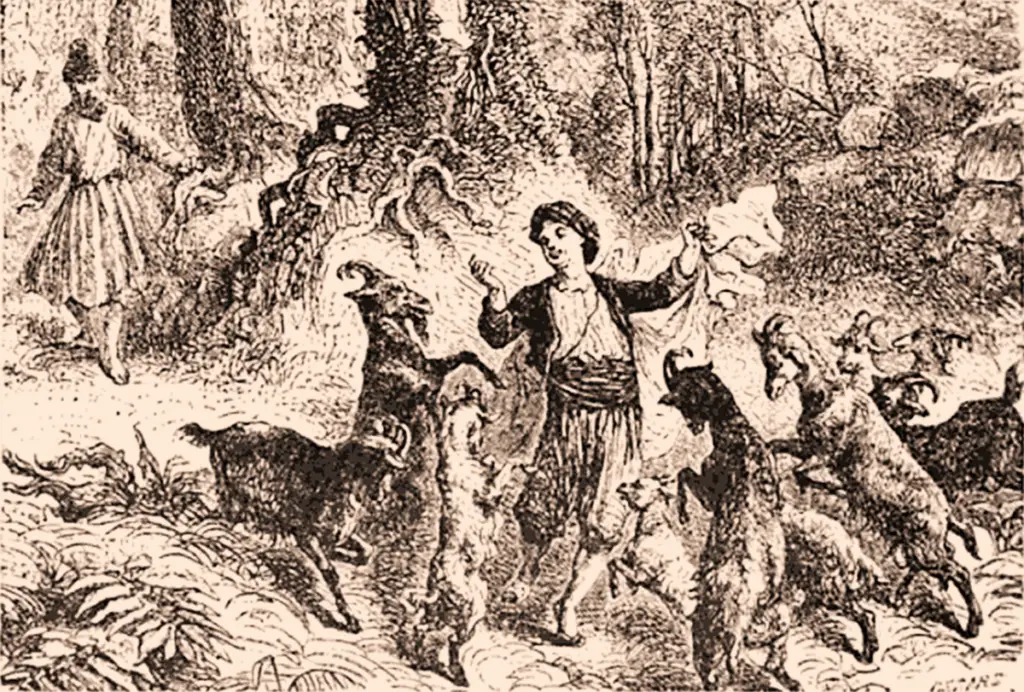India has always been a tea drinking nation. However, since the early 20th century, coffee has become an increasingly popular drink.
Coffee was primarily consumed in southern India, with the urban consumer market dominating over the rural population. However, in recent decades, India has seen growth and development in the rest of the country as well.
While coffee consumption in the country grew at an average of 2% per year from 1950 to 2000, it has grown at around 5% per year since the turn of the century. It is estimated that India now consumes 120,000 tons of coffee per year.
Table of Contents
Coffee consumption in India
Coffee traditionally dominates in southern India, where it is known as filter coffee. However, coffee began to gain popularity across the country in the early 2000s as coffee shop culture boomed and reflected the growth of India’s tech sector.
Trends have changed as coffee consumption has increased in the north, east and west of the country. While urban consumption dominates with around 73% of the total volume, it is assumed that rural consumption accounts for the remaining 27%.
Large milk and coffee production
According to the National Dairy Development Board and the FAO (Food and Agriculture Organization of the United Nations), India is the largest milk producer in the world with a share of around 22% of global milk production and an annual production of more than 150 million tons of milk. In addition, the country is the seventh largest coffee producer in the world. It can therefore be assumed that the abundance of milk and coffee in the country has led to a wide variety of coffee consumption options.
Coffee Marketing in India
Over the years, Indian coffee culture has evolved from aeropress coffee tournaments to coffee-themed adventure centers and events. A good example of this is that India has started hosting its own national barista championships and Fine Cup award.
In addition to these initiatives, the tourism sector also has an important role to play. One such notable contribution is that of luxury resort The Tamara Coorg and its coffee festival. It’s a unique three-day experience where guests can learn about the different types of coffee, how they’re grown, and how to prepare a perfect brew.
Coffees in India
Filter coffee became popular when the Indian Coffee House, a coffeehouse operated by the Coffee Board of India in the 1940s, offered it on its menu and became the drink of choice for many Hindus. After the first Indian coffee house in Jabalpur, there are now around 400 other branches across the country.
At the beginning of the 21st century, companies such as Café Coffee Day, Barista, Costa Coffee and Starbucks emerged, along with other major players in the coffeehouse market. Independent and regional outlets continue to emerge mainly in urban centres, resulting in a highly fragmented retail market.
The country is one of the fastest growing markets for coffee chains and Indian consumers have embraced the international coffee culture.
Coffee plantations in India
In India, Arabica coffee is grown in shady locations at an altitude of 1,000 to 1,500 meters above sea level. The 50 or so species of shade trees in India help prevent soil erosion on the mild to moderate slopes. They also contribute to the enrichment of the soil and offer protection against temperature fluctuations over the course of the year.
Ample shade, rainfall, fertile soils, and local cultivation of spices and fruits (bananas, peppers, oranges, and cardamom) are just a few of the many factors that contribute to the region’s unique profile of coffee.
India’s coffee sector begins to shift to more sustainable agricultural practices, earning Fairtrade and Rainforest Alliance-UTZ certifications. Several farms, mostly on tribal lands, also work with traditional and organic methods.
Coffee growing areas in India
The Indian coffee plantations are mainly located in the Western Ghats. Kerala, Tamil Nadu and Karnataka are true treasure troves of coffee cultivation. The areas of the Eastern Ghats, such as Andhra Pradesh and Orissa, are new places on the coffee map.
Chikamagalur (Karnataka)
Chikmagalur has a reputation as a coffee country with its dense forests and enchanting peacocks. It is the seat of the Central Indian Coffee Research Institute. In Chikmagalur there are Arabica and Robusta plantations.
S.795, San. 5B, Sln.9 and Cauvery are the main Arabica varieties. Peridenia, S.724 and C x R are the main Robusta varieties grown here. They are interspersed with pepper, cardamom, orange and vanilla. These beans are medium-bodied and slightly tart with a medium to intense aroma.
Baba Budan giri (Karnataka)
Named after the person who introduced coffee to India, Baba Budan giri literally means the hill of Baba Budan. Indian coffee was born. Baba Budan Giri is located at an altitude of 1000-1500 meters and is endowed with 1750-2200 mm of natural rainfall.
It is known for its full-bodied Arabica beans with a sweet, chocolate-like taste and plenty of acidity. The beans mature more slowly than other Arabica varieties. They are harvested with care and processed through natural fermentation.
Coorg (Karnataka)
In Coorg, the largest coffee growing region in India, around 24,000 tons of Robusta and 69,000 tons of Arabica are produced. The region receives 1000-2500 mm of natural precipitation at an altitude of 750-1000 meters. Arabica varieties are S.795, Sln.6 and Sln.9. Robusta varieties are S.274 and C x R. The main cover crops are pepper, cardamom, oranges, bananas and areca nuts.
Nilgiris (Karnataka/Tamil Nadu)
Nilgiris means “white hills” and takes its name from the clouds and mist that cover these peaks year-round. The plantations in the Nilgiris are at an altitude of 1,500 to 2,000 meters above sea level and have a natural rainfall of 1,100 to 1,200 mm per year. It is known for the varieties S.795, Sln.9 and Cauvery. Coffee alternates with orange, banana and pepper. It is grown in the shade of silver oaks and fruit trees.
Anamalais (Tamil Nadu)
The Anamalais plantations are located at an altitude of 1000-1400 meters and receive a high natural rainfall of 2500-3000 mm per year. The most important varieties are S.795, Cauvery and Sln.9. They are interspersed with pepper, orange and banana. They have grey-green beans that give off a strong aroma with citrus notes.
Araku Valley, Andhra Pradesh
The Araku Valley is located in the Eastern Ghats in northern Andhra Pradesh and southern Orissa. It lies at an altitude of 900-1100 meters and receives 1000-1200 mm of natural rainfall. Known for its colorful parrots, the Araku Valley is not a traditional coffee growing spot, but local people benefit greatly from coffee as an alternative to shifting cultivation. Coffee alternates with paprika, mango and some vegetables. The main varieties grown here are S.795, Sln.4, San.5 and Cauvery. Products from the Araku Valley have an intense flavor with medium to high acidity and spicy notes.
Brahmaputra region
The Brahmaputra flows through Assam and Arunachal Pradesh, feeding the coffee plantations in the eight northeastern states. The altitude is relatively low, ranging from 800 to 1200 meters. However, the region has a high rainfall of 1500-2000 mm per year.
The Brahmaputra region is known for S.795 and Cauvery plantations. The cultures alternate with pineapple and peppers. They have a slightly sour note and a distinctly fruity taste. As a non-traditional coffee-growing region, production levels are low.
India’s modern coffee industry
India exports around 70% of its coffee production, of which 70% is Robusta and 30% Arabica.
Europe and the Middle East are currently polling the largest volumes of Indian coffee bean exports. The Coffee Board of India monitors the quality of exports and ensures that only the best quality coffee leaves the country.
What is Monsooned Malabar?
The monsoon season in India lasts from June to August and Mangalore’s coffee farmers make the most of this time. Monsooned Malabar coffee beans are processed differently than any other bean in the world.
The concept dates back to the time when coffee was regularly shipped from India to Europe on wooden ships. The journey lasted up to six months. After that time, the beans were no longer of high quality.
By exposing high-quality coffee beans to monsoon rains and winds in well-ventilated warehouses on India’s west coast, the beans swell to about twice their original size. During the 12 to 16-week process, the color fades to a pale golden or ghostly white.
The beans are then sorted by hand to ensure consistency, re-sorted, bagged and shipped to a drier region before being shipped to consumers.
Types of coffee in India
These are some of the most common types of coffee found in India.
Arabica
Arabica has a higher quality and a complex aroma. It contains little caffeine, but has a subtle, sweet taste. It thrives in large, shady plantations with nutrient-rich soil. Arabica growers strive to provide the highest quality beans and protect them from pests.
The most common Arabica varieties are classified as Bourbon, Typica and Heirloom. There are also crosses and hybrids between different Arabica families and between Arabica and Robusta.
Kent
Kent is named after an English planter named LP Kent who discovered them in 1920. Kent worked on a breeding program to develop a coffee rust resistant plant. In the 1920s, Kent coffee made its way from Mysore to Kenya and Tanzania because of its viability. It belongs to the Typica family. Kent has a fruity flavor profile with spicy notes and a pungent acid element.
S795
Introduced in India in the 1940s, S795 is a cross between Arabica and Robusta. Chosen by the Balehonnur Coffee Research Station in India, it is popular in many regions of Southeast Asia. S795 is known for its beans that offer different flavors from spicy to chocolaty. The plant has a high yield and is considered an exotic variety.
Katimor
A cross between Caturra and Timor Hybrid. Catimor owes its high yield and superior quality to the Caturra and resistance to leaf rust to the Timor Hybrid. It is widespread in lowland regions with naturally high rainfall. Catimor has a flavor profile more similar to that of bourbon. It has sour notes and a sweet aftertaste.
Sln9
She is a cross between Tafarikela, an Arabica strain from Ethiopia, and a Timor hybrid. It has tall plants with drooping branches and dark bronze colored leaves. Sln9 plants are adaptable enough to survive drought thanks to resistance inherited from Timor Hybrid. Tafarikela gives it an excellent flavor and quality. Sln9 won the Fine Cup Award for Best Arabica variety at the Flavor of India 2002 tasting competition.
Robusta
The Robusta bears larger fruit, is easier to grow and produces a stronger coffee. However, it lacks the unmistakable aroma of Arabica. Instead, it has a grainy texture and a bitter aftertaste.
The Robusta is grown between December and February at an altitude of 500 to 1000 meters in humid and warm climates. The plant makes fewer demands on the environment and is more resistant to pests than Arabica. Robusta currently accounts for 30-40% of global coffee production.
Here are some of the most popular Robusta strains
S274
S274 comes from Sri Lanka. She was the first Robusta selection approved by the Indian Coffee Research Station in the 1940s. It grows as a sturdy shrub with round beans. They have hints of chocolate, caramel, nuts and spices.
C x R
C x R is a cross between Robusta and Coffea Congensis. It has smaller bushes than most Robusta plants. The beans are full-bodied and have low acidity. They have an intense aroma and produce a soft, neutral cup.
In addition to Arabica and Robusta, there are other, less popular varieties such as Liberica and Excelsa.
The history of the coffee boom in India
The myth of coffee in India states that it has existed in India since the 17th century when Baba Budani (a Sufi saint) smuggled seven coffee beans out of the Yemeni port of Mocha. He brought some mocha beans to India and grew them at his home in Karnataka. This eventually led to coffee plantations in the south and then across India. There are now 16 unique indigenous coffee flavors in India.
The first official coffee plantation was established around Baba Budan Giri in the 1840s. Arabica coffee varieties were primarily grown in India. Later, however, Robusta and various hybrids between Arabica, Robusta and Liberica were introduced to avoid rusting.
Indian coffee from Ethiopia
Coffee only became a phenomenon in the late 1970s, although coffee beans were already around in the 17th century. Tracing the coffee seed’s journey back to Ethiopia, the beverage, like tea, was a predominantly European and Middle Eastern beverage.
In the initial stages of its introduction to India, coffee was more of a colonial drink associated with the elite and modern people of Indian society. It was considered relatively rich because it was brewed with milk, in contrast to tea, which was mainly based on water.
The cause of the increase in coffee consumption
Millennials and Generation Z are believed to love coffee and coffee shops. However, there are many reasons behind the rise of coffee enthusiasm in India and the coffee shop culture.
Indians have a growing brand awareness and a need for convenience. Coffee shops are the perfect answer to this need. In addition, the rise of the middle class, high disposable income and the influence of Western economies are other reasons for this trend.
The nature of the coffeeshop visitors has also changed. Indian coffee shops used to be famous among students, academics and intellectuals who came to discuss and debate about literature, cinema and sports.
Although cafes remain popular with young people, they want more variety on the menu and a friendly atmosphere. Today’s cafes focus on a diverse range of coffee and interesting food to go with it. The decor of the cafes also helps people visit and enjoy them.



